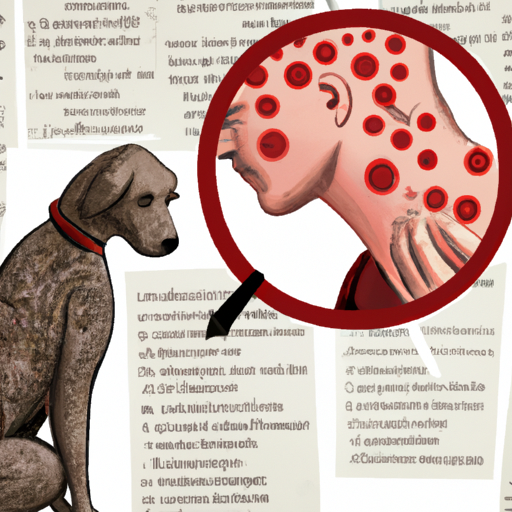Introduction
As a caregiver to your beloved four-legged friend, nothing can be more alarming than discovering an abnormality, such as swollen lymph nodes. But before fear swamps your heart, remember, you are not alone. Many dog owners have walked this path, and there are effective ways to help your dog navigate this health challenge.
Understanding Lymph Nodes and Their Functions
Lymph nodes are small, bean-shaped structures dotted along your dog’s body. They play a crucial role in the immune system, helping to filter harmful substances and fight infections. When they swell, it’s often a sign that they’re battling an infection or disease.
Common Causes of Swollen Lymph Nodes in Dogs
Swollen lymph nodes in dogs can result from various conditions, including:
- Bacterial or fungal infections
- Insect bites
- Certain cancers, like lymphoma
- Autoimmune diseases
How to Detect Swollen Lymph Nodes
Before you can help your dog, you need to identify the problem. Here’s a simple guide on how to detect swollen lymph nodes:
- Check for visible lumps: Inspect your dog’s neck, behind the knees, and under the armpits.
- Gentle palpation: Use your fingers to feel for any abnormal swellings.
- Observe for signs of discomfort: If your dog winces or yelps when you touch a specific area, it could be a sign of swollen lymph nodes.
Ways to Help Your Dog
If you suspect your dog has swollen lymph nodes, don’t panic. Here are steps you can take:
-
Consult a Veterinarian: Don’t attempt to diagnose or treat your dog on your own. A vet will perform necessary tests to determine the cause and suggest the best treatment.
-
Follow the Treatment Plan: This could involve medications, dietary changes, or in severe cases, surgery.
-
Provide Comfort: Ensure your dog is comfortable and stress-free. Offer plenty of rest and affection.
-
Monitor Progress: Keep track of your dog’s health progress. This helps to determine if the treatment is working or if adjustments are needed.
| Steps | Actions |
|---|---|
| Step 1 | Consult a Veterinarian |
| Step 2 | Follow the Treatment Plan |
| Step 3 | Provide Comfort |
| Step 4 | Monitor Progress |
FAQ
Q1: Can swollen lymph nodes in dogs go away on their own?
Sometimes, if the swelling is due to a minor infection. However, if it persists, seek veterinary care.
Q2: Are swollen lymph nodes painful for dogs?
It can be uncomfortable and painful for some dogs, depending on the underlying cause.
Q3: How can I prevent my dog from getting swollen lymph nodes?
Maintain regular vet checkups, a healthy diet, and proper hygiene to prevent infections that can cause swollen lymph nodes.
Remember, you are your dog’s best advocate. By arming yourself with knowledge and maintaining vigilance, you can ensure your canine companion lives a happy, healthy life.



